I did my Wilson Clash Tour review in April 2019. But the racquet has since changed name, so here is my Wilson Clash Pro Review (revisited).
I think it makes sense to test racquets again when some time has passed to see if what you felt then stands true today. That was the idea with revisiting my Wilson Clash Pro Review. Why the racquet changed name to Pro? I think Wilson wanted to make a transition to Pro across their racquets (they also changed the Ultra Tour to the Ultra Pro). They were also sued by the band “The Clash” a while back and perhaps changing it from Clash Tour, is less of an infringement on their brand name and Google searches?
No matter what the reason was for the name change, it was just a name change. The racquet is still the same.
Read more about the Clash Pro here or read this interesting article from Forbes about the Clash development.
This post contains affiliate links and I will be compensated if you make a purchase after clicking on my links.
Tech
The Clash series felt like real innovation when they were introduced. Most of the time tennis racquets get quite small updates with an addition of a material or a slight change of beam thickness. But with the Clash racquets, something new was introduced. A thick-beamed, spin-friendly racquet with a low flex rating. And when I write “low flex rating” I mean really low, Clash racquets are usually measured around the mid 50s in flex! This moves into so-called “wet noodle” category which old-school frames mainly inhabit. But the Clash has a thick beam, a bit of free power and more spin than most vintage frames. It’s more like a Pure Aero that bends like crazy.
Two key technologies included in Clash racquets are: Free Flex and Stable Smart. The Free Flex is all about the racquet bending, which makes it arm-friendly. The Stable Smart is about it also being stable while having all that flex in the racquet.
Specs
Head size: 100 sq inches
String pattern: 16/19
Balance: 30.6 cm or 11 pts HL
Weight: 310g
Beam: 24.5 mm
I have tried the Clash Pro with various string setups. For this play-test I tried it with Luxilon Alu Power 1.25 and Mayami Tour Hex 1.23 at 55 lbs or 25 kg.
Strung specs: 326.9g, 31.4 cm balance, 321.5 SW
When you look at the specs there are two things you need to consider. The flex will make this racquet less powerful than a Wilson Burn or a HEAD Extreme for example. But for players that suffer from arm issues, that should be a worthy trade-off.
It’s a very head-light frame, which I think appeal to a lot of players. But more advanced players might want to add some weight or go for the increased control of the Clash 98.
How does it play?
The Clash racquets offer a large sweet spot and easy access to spin and some power. For many recreational players that haven’t used flexible racquets before, they will enjoy the soft response and the feeling of the ball sinking in to the string bed. My favorite part of the Clash is that they are all arm-friendly racquets, which is great in today’s game where most players use stiff setups that can lead to tennis elbow, wrist tendonitis or shoulder pain.
I have tried the Clash Pro with more comfortable strings like Luxilon Smart at lower tensions (50 lbs) and stiffer strings like Solinco Tour Bite at 55 lbs. I like to get more control out of my racquet and prefer the stiffer setup, but if you like to get extra depth on your shots and naturally hit with a good amount of spin, you can go for a softer setup.
I am an old-school kind of guy that enjoy flexible frames, so playing with the Clash is a lot of fun. But one issue with the flex is that you don’t feel the ball a hundred percent. It literally catapults to the other side. Dimitrov said it like this when he tried the Clash: “The ball catapults so well off the racket,” he says. “It bites, absolutely uses a lot of spin. You can just put the ball into the corners.”
He is right about most of that, but putting the ball in the corners for advanced players is where it gets difficult. I simply don’t have the type of game that benefits from using the Clash line. I like a bit more direct feel on my shots and sometimes with the Clash I don’t know exactly where they will land. On the other hand, I am not the target group here, as I prefer the more control-oriented side of the spectrum.
Stroke by stroke
Groundstrokes – the Clash shines from the back of the court for players who generate enough spin and go for bigger targets. Precision-minded players who go for the lines will not find enough control here, I feel.
Volleys – The stability is impressive, but if you need to hit smaller targets, the catapult effect of the racquet will not make you entirely happy.
Serves – The head-light feel makes this racquet easy to whip around on serve. It also provides nice rotations on kick serves. Not the most pace on the market, but it’s a solid serving stick.
Touch – The massive flex and the large head size makes this racquet difficult to use on drop shots and touch shots. It feels a bit too muted.
Pros and Cons
+ Large sweet spot
+ Excellent arm comfort
+ Spin-friendly
– You need to go for bigger targets
– A bit too muted when it comes to touch shots
Summary
One of the key outtakes of this Wilson Clash Pro Review is that the Clash was actually a real piece of innovation in an industry that usually moves slow when it comes to pushing the envelope of development. A thick-beamed, very flexible racquet was something entirely new and refreshing. The accompanying marketing campaign was a success and from what I heard, the Clash is one of Wilson’s bestsellers of all time.
I like that Wilson went for something completely different here and I applaud their guts to focus on arm comfort while still making the frame modern. But the racquet doesn’t come without drawbacks. The flexible feel coupled with the large head size and thick beam, makes the racquet a bit disconnected at times. Players looking for precision and who like to hit the ball more on a flat pane will likely not be fans. But for kids, veterans and spin players around NTRP 1-4, there is a lot to like with its large sweet spot and comfortable response.
You can buy the Wilson Clash Pro or other Clash racquets from Wilson (affiliate link) or any major racquet retailer.
Have you tried the Clash Pro or any other Clash racquets?
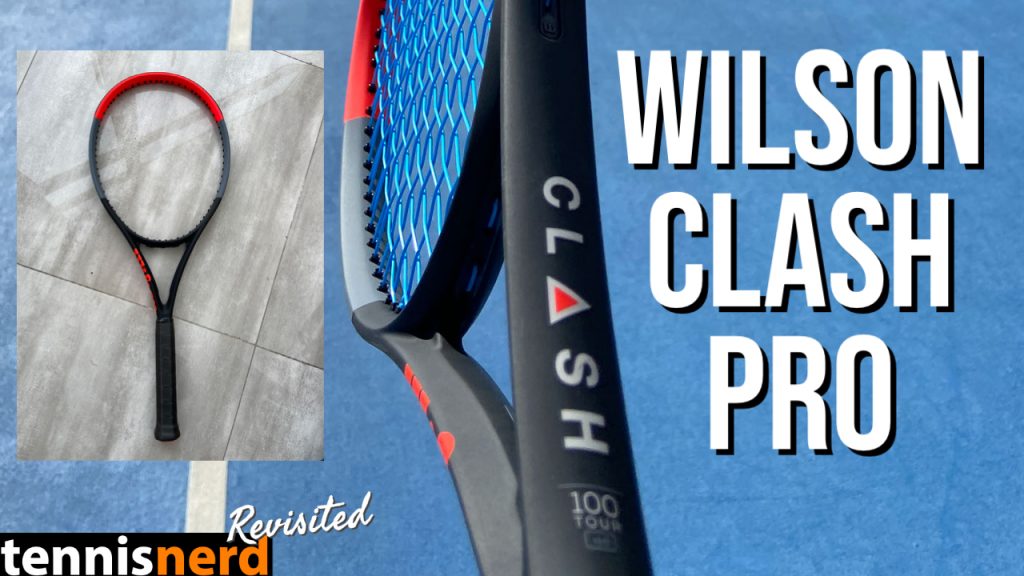
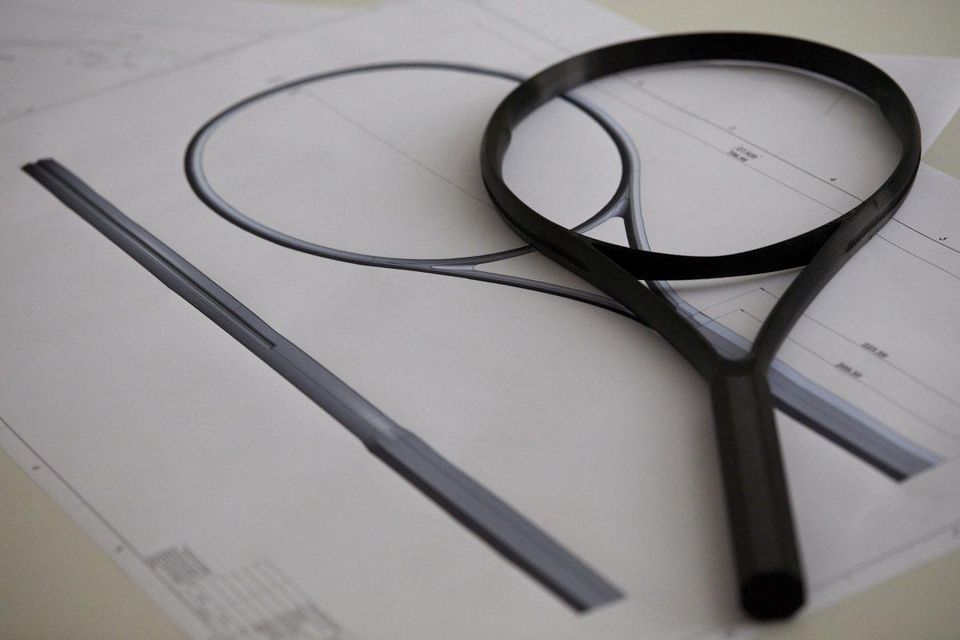
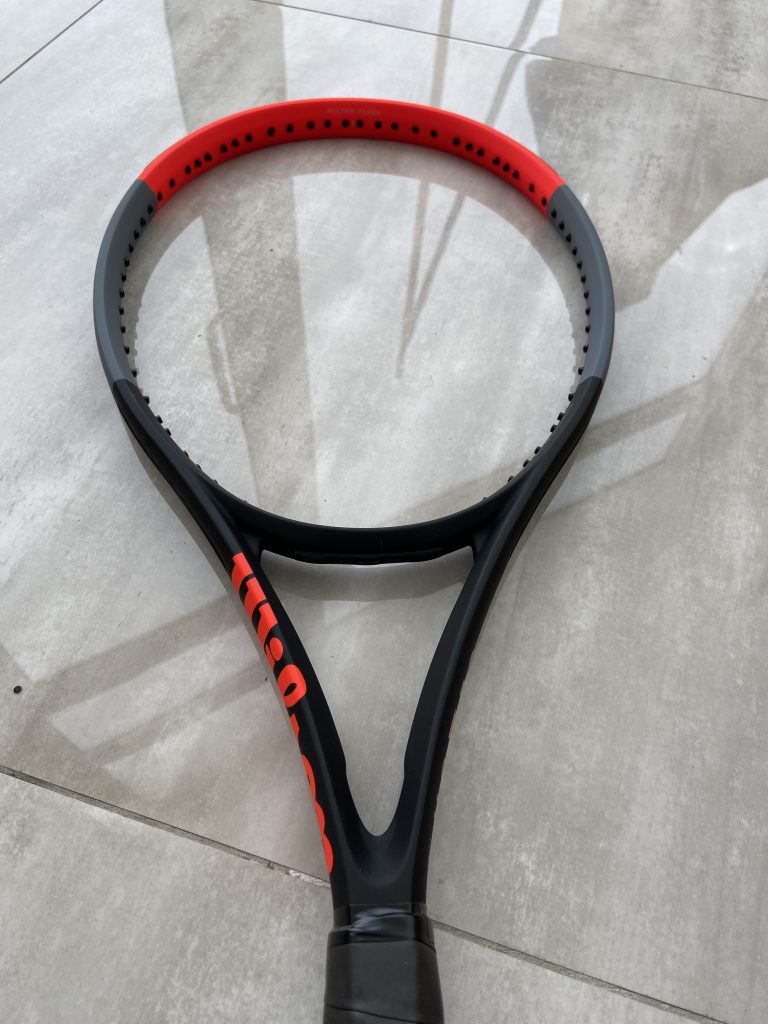


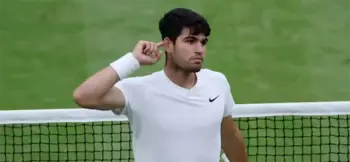
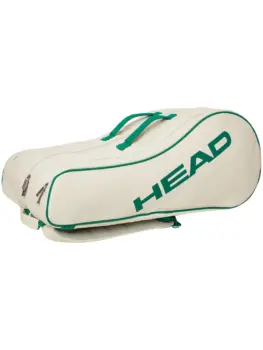

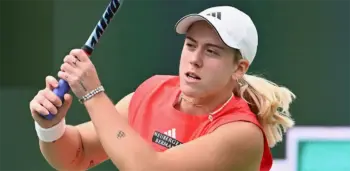
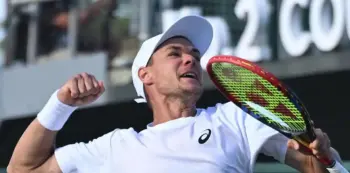
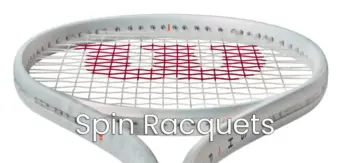
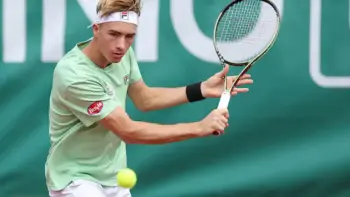

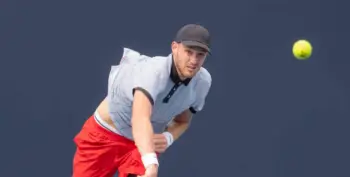
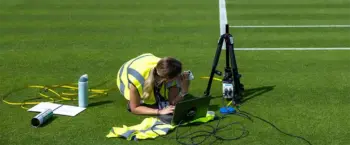
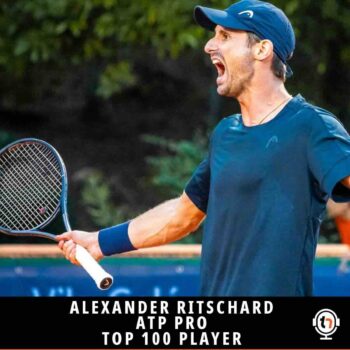
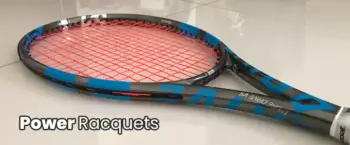

Spelade från mars till oktober med babblat pure aero (300g) med yonex polo tour 25 kg. Kul kombo och bra med fart men en tydlig och smärtsam stegring av smärta i min axel ledde till att jag nu i november bytte till Clash pro med Solinco tour bite soft 25 kg. Har sedan dess spelar ungefär lika mycket men minskat eller helt dragit ned på första serv och andra slag ovanför axelhöjd för att minska rörelse som känns dålig. Har nu efter två månader med Clash en tydlig positiv förändring där jag varje vecka känner mindre smärta och återhämtar mig snabbare från mina pass. Ska idag få hem ett Clash 98 som ska bli kul testa och som får komplettera min Clash pro. Tycker känslan av pocketing i min pro är helt unik och racket får mig att vilja spela ett lekfullt spel där alla slag används och självförtroendet för att våga gå för en del svårare slag ökat jmf Pure areon. Så spänd inför 98 inch, aldrig testat innan men värt prova. Tack
In golf, the flex of the club shaft is designed to allow loading of power through the swing and release that power at contact. If you have a slow swing you should get a highly flexible club typically called Soft / Ladies / Senior because this will allow the shaft to bend a lot through the downswing and then straighten around the moment of contact. If you are an advanced player or Pro you need a Stiff or Extra-Stiff golf shaft in order for it to flex and return to straight within the much quicker time of your swing. If a Pro swung a soft flex club, it would not return to straight at contact, or they would have to swing much slower than usual to make it. In either case, the shaft flex allows power to be stored in the shaft then returned to the ball, if you swing with correct timing.
In tennis, on the other hand, flex is typically about what happens to the racket upon impact with the ball. A stiff flex allowing little deformation on impact and more complete return of power to the ball. However, my feeling is that the Clash is actually the first racket where you are supposed to feel the flex through your stroke before it hits the ball. Unlike other soft frames where you don’t feel anything unusual in your swing, just some additional dwell time upon contact, when I swing the Clash I can feel flexion before contact. So IMO if you time the swing with the flexion, the Clash actually puts more power into the ball using the same loading concept as golf clubs. Indeed I have read that the flex is mainly in the throat area, whereas the hoop is actually quite stiff, so you should gain from power both from the loading of the throat area and due to the stiffness at contact. I’m not sure, but I think that’s what FeelFlex and StableSmart are really doing.
Interesting comment! You might be right about this. For sure some innovation going on…
Love your site and YouTube channel and signing up to be a patron. I have a question about string recommendations. My daughter is a junior competitive player here in humid Houston–11 years old, very strong, hits flat but working on more topspin. She’s playing with a Wilson Clash 100L (v1: https://www.tennis-warehouse.com/Wilson_Clash_100L/descpageRCWILSON-WC100L.html), using Wilson NXT strings at 56 pounds fray at first practice and break within 3 weeks (playing 4 times per week)–we’ve learned how pathetic the NXT is after 2 sets of strings (never again). She generates a full swing with a lot of power and tends to hit long–we’re working on that topspin a lot more for consistency. Since the Clash is a very soft, flexible racket, and she’s quite strong, with pretty good technique, we’re less concerned about arm-friendly strings and more about reducing power and improving topspin and placement. String durability has become a new factor for us to consider. Do you have any particular string and tension recommendations? Thank you!
Hi Jason, for the Clash you could play with a softer poly to improve durability. Maybe HEAD Lynx Touch 1.25 at 50 lbs or Solinco Tour Bite Soft 1.25 at a similar tension. Volkl Cyclone Tour 1.25 at 50 lbs is also an option.
A softer poly won’t be an issue to the arm, she will get more control and can adjust tension based on that. I tend to recommend a lower tension for a poly in the Clash.
I hope this helps and thanks for joining Patreon.
I had the Wilson clash pro V2 100 and 98 out on demo. I had already played with the V2 clash 100. Like people said you can hit to areas not to spots with the clash . After the demos I found the pro 100 with the 16/20 string with polyester on the vertical and nylon on the cross gave me the Extra topspin control loop. The 98 pro not so much loop or control that I hoped for, a flatter spin. The smaller head is faster thru the air especially on serve. I took the 100 pro with volki cyclone polyester strings 1.3 (180 stiffness and 8.0 on spin) at 55lbs. This deadened the bed so the racket is much more a control racket….